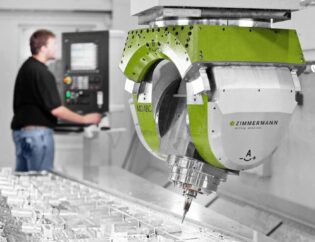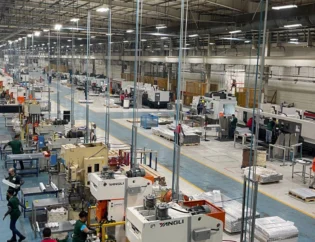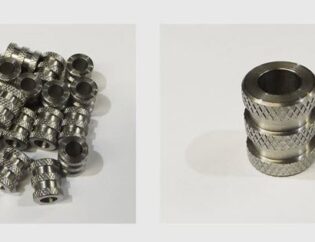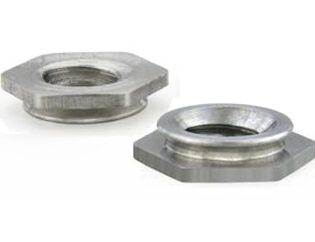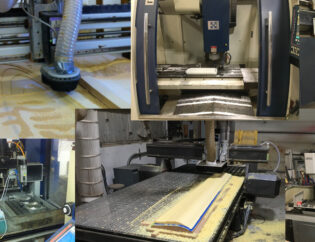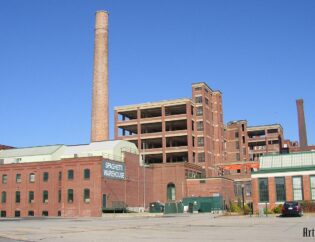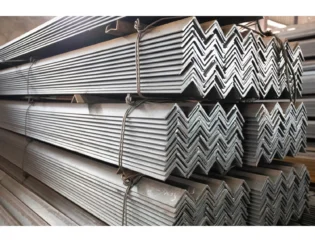CNC turned components play a crucial role in modern manufacturing, offering precision and efficiency in producing intricate parts. As industries increasingly rely on automation and advanced machining techniques, understanding CNC turning becomes essential for engineers, designers, and manufacturers alike. This guide will delve into the fundamentals of CNC turning, exploring its processes, applications, and benefits.
Readers can expect to gain insights into the various types of CNC turned components, their materials, and the technologies that drive their production. We will also discuss the advantages of CNC turning over traditional machining methods, highlighting its impact on quality, cost-effectiveness, and production speed. By the end of this guide, you will have a comprehensive understanding of CNC turned components and their significance in today’s manufacturing landscape.
A Comprehensive Guide to CNC Turned Components
Introduction
Ever felt frustrated sourcing for reliable suppliers of precision turned components for your industrial machinery? Precision turned components are the hidden stars of manufacturing processes, silently maintaining the smooth operation and enhancing longevity of machinery across diverse industries. This intricate world of precision perfectly merges technology and craftsmanship. However, with numerous players in the field, it can be challenging to pin down reliable manufacturers for these crucial parts.
Understanding CNC Turned Components
CNC (Computer Numerical Control) turned components are manufactured through a subtractive process that shapes raw materials into precise parts. This method is essential in various industries, including aerospace, automotive, and electronics, where accuracy and reliability are paramount. Companies like Rally Precision and eMachineShop specialize in providing high-quality CNC turned components tailored to specific needs.
Technical Features of CNC Turned Components
CNC turned components boast several technical features that enhance their performance and usability. Below is a comparison table highlighting these features:
| Feature | Description | Benefits |
|---|---|---|
| Precision | Tolerances as tight as ±0.001 mm | Ensures parts fit perfectly in assemblies |
| Material Variety | Can be made from metals, plastics, and composites | Flexibility in applications |
| Complex Geometries | Capable of producing intricate shapes and designs | Meets diverse design requirements |
| Repeatability | Consistent production quality across batches | Reduces waste and improves efficiency |
| Surface Finish Options | Various finishes available, including anodizing and polishing | Enhances aesthetics and performance |
| Automation | CNC machines operate with minimal human intervention | Increases production speed and reduces labor costs |
Types of CNC Turned Components
CNC turned components can be categorized based on their manufacturing processes and applications. The following table outlines the different types:
| Type | Description | Applications |
|---|---|---|
| Standard Turning | Basic turning operations for cylindrical parts | Shafts, bushings, and simple geometries |
| Live Tooling | Combines turning and milling in one setup | Complex parts with both rotational and non-rotational features |
| Swiss Turning | Designed for small, precise components using a sliding headstock | Medical devices, electronics, and small fasteners |
| Hard Turning | Involves machining hardened materials | High-strength components in automotive and aerospace |
| Vertical Turning | Holds workpieces vertically for large parts | Flanges, rings, and heavy components |
The Importance of Precision in CNC Turned Components
Precision is critical in CNC turned components, especially in industries like aerospace and automotive, where even minor deviations can lead to catastrophic failures. Manufacturers like TMC Technologies emphasize the importance of tight tolerances and rigorous quality control processes to ensure that every part meets the required specifications.
Applications of CNC Turned Components
CNC turned components find applications across various sectors:
- Aerospace: Used in engine parts, landing gear, and avionics, where precision is non-negotiable.
- Automotive: Essential for engine components, transmission systems, and custom fasteners.
- Electronics: Used in connectors, housings, and intricate parts for consumer electronics.
- Medical: Critical for surgical instruments and implants, requiring high biocompatibility and precision.
Companies like Liberty Turned Components provide specialized services to meet the unique demands of these industries.
Advantages of CNC Turned Components
CNC turned components offer numerous advantages, including:
– Cost-Effectiveness: Reduces material waste and operational costs.
– High Quality: Maintains consistent quality across production runs.
– Flexibility: Capable of producing a wide range of parts in various materials.
– Efficiency: Automated processes lead to faster production times.
Manufacturers like Zetwerk leverage these advantages to provide high-quality components to their clients.
Conclusion
CNC turned components are integral to modern manufacturing, providing precision, efficiency, and versatility across various industries. With advancements in technology and the expertise of manufacturers like Rally Precision, eMachineShop, TMC Technologies, Liberty Turned Components, and Zetwerk, businesses can rely on these components to enhance their operations and ensure product quality.
FAQs
1. What are CNC turned components?
CNC turned components are precision-engineered parts created through computer-controlled machining processes, specifically CNC turning, which shapes materials by removing excess material.
2. What materials can be used for CNC turned components?
CNC turned components can be made from a variety of materials, including metals like aluminum, steel, brass, and plastics, depending on the application requirements.
3. Why is precision important in CNC turning?
Precision is crucial in CNC turning because even minor deviations can lead to significant issues in applications, especially in industries like aerospace and automotive.
4. What are the advantages of using CNC turned components?
Advantages include cost-effectiveness, high quality, flexibility in material use, and increased efficiency due to automated processes.
5. How do I choose a reliable manufacturer for CNC turned components?
Look for manufacturers with a proven track record, advanced technology, and a commitment to quality, such as Rally Precision, TMC Technologies, or Liberty Turned Components.



